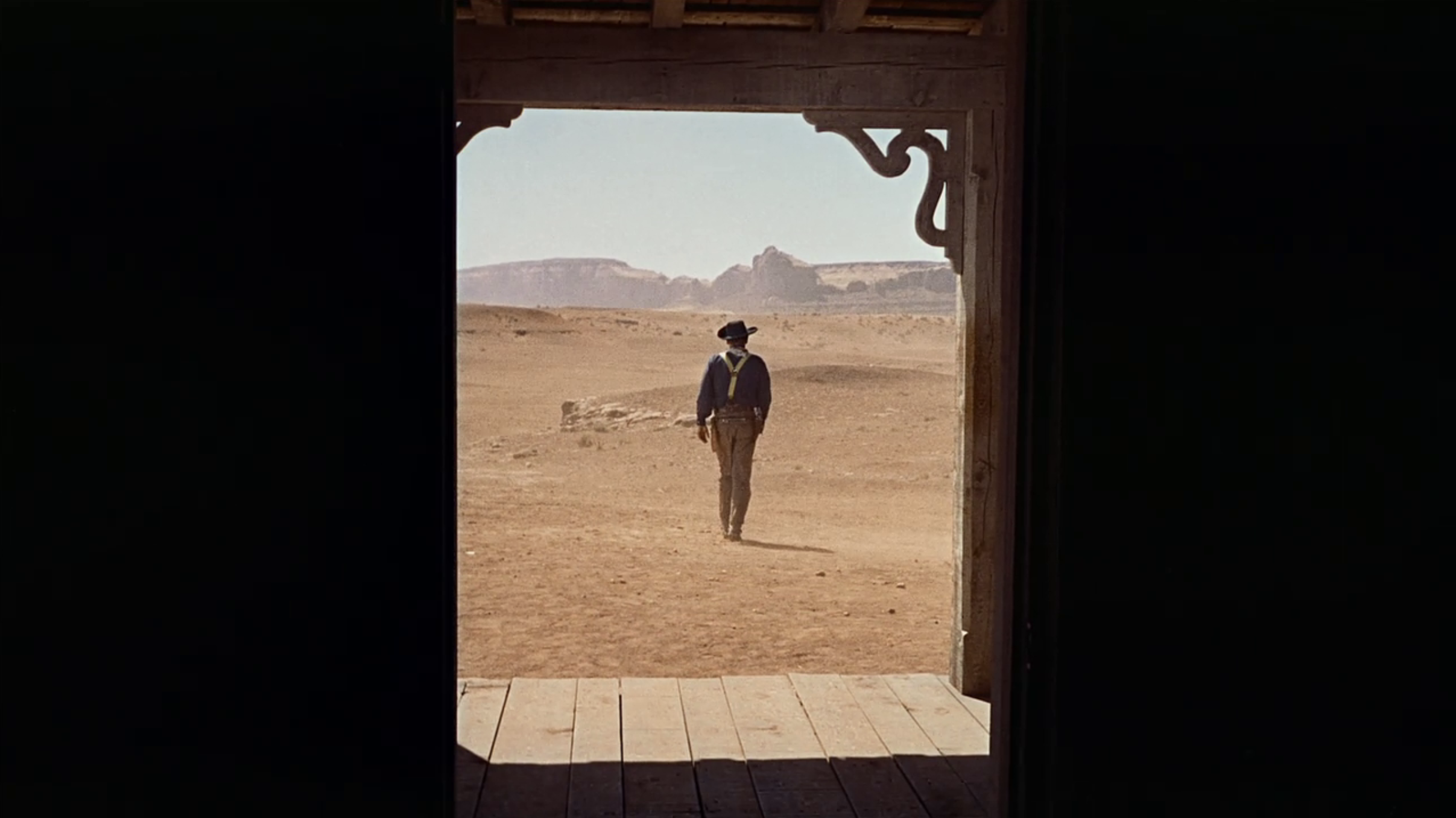-
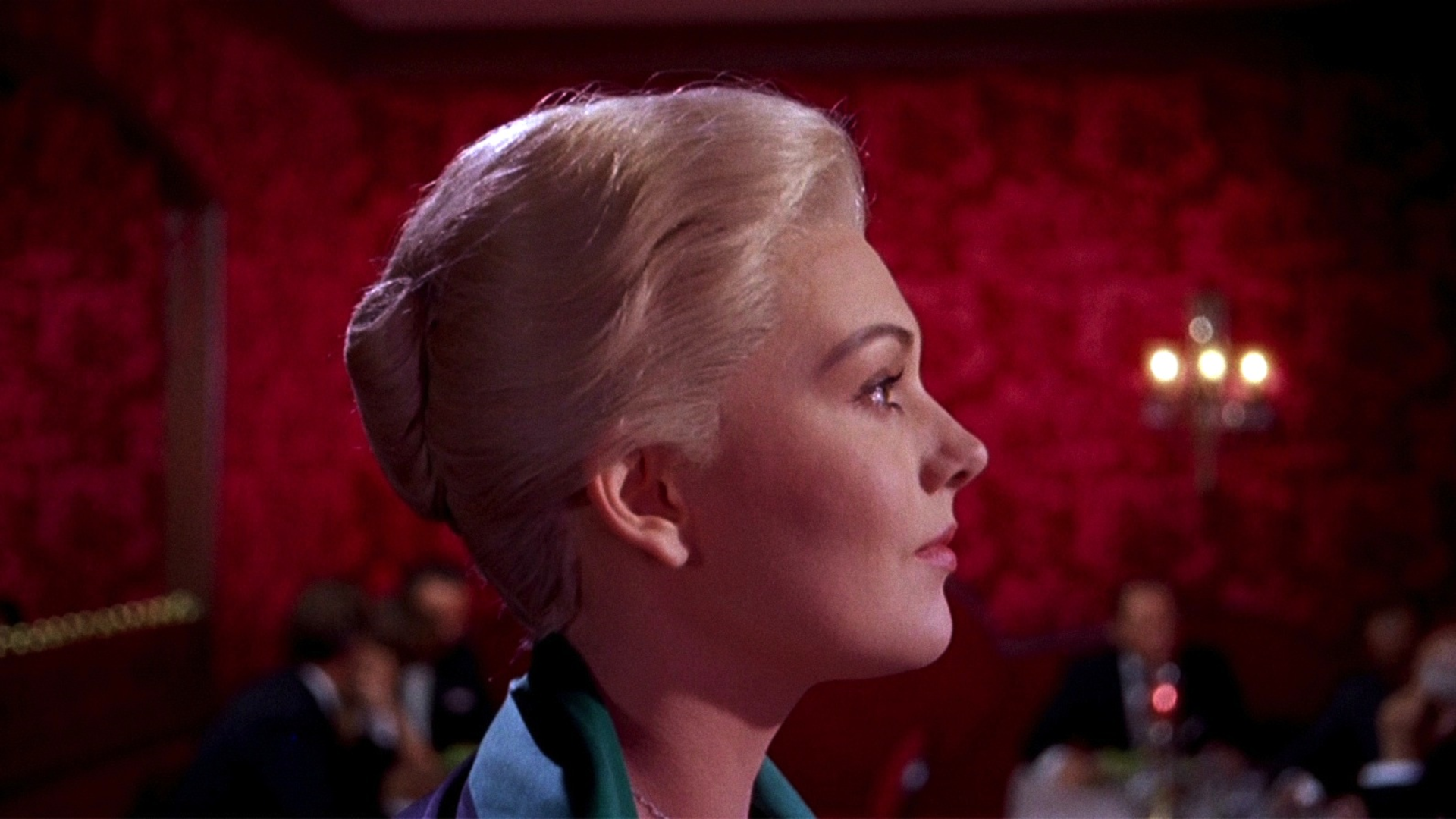
The Best Films of the 1950s Decade
The greatest films of the 1950s, from the classic Hollywood musicals to Japan’s Golden Age of cinema.
-
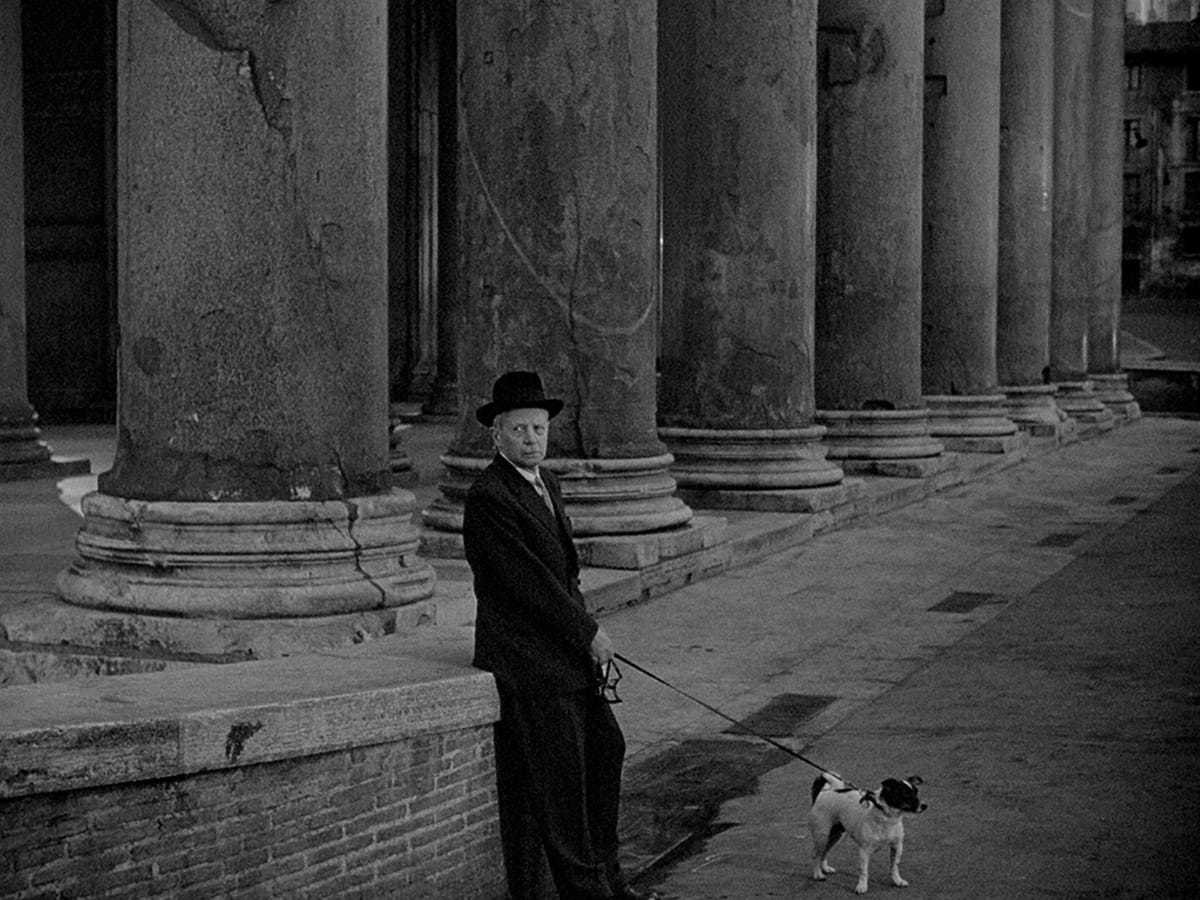
Umberto D. (1952)
While post-war Rome crumbles in Umberto D., Vittorio de Sica interrogates the isolating shame of poverty through the trials of one elderly pensioner, confronting the bleak realities of homelessness within an urban landscape of rich cultural history and cold, harsh discomfort.
-
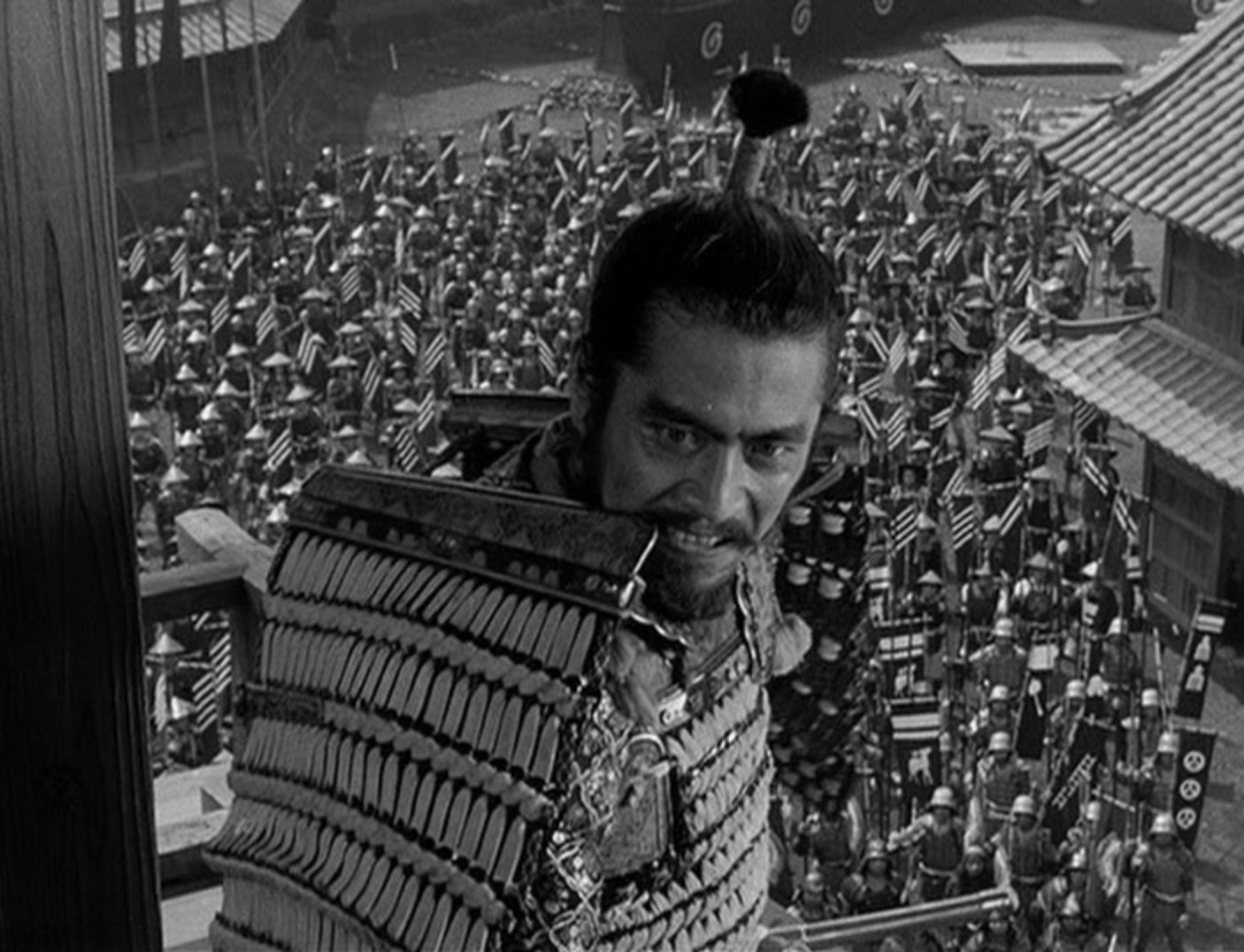
Throne of Blood (1957)
Akira Kurosawa’s landscapes of ambition, fate, and consequences make for a perfect marriage with Shakespeare’s Macbeth in Throne of Blood, formally integrating the narrative’s treacherous power plays with historical elements of Japanese Noh theatre, and mounting the forces of nature and destiny against the dishonourable samurai at its centre.
-
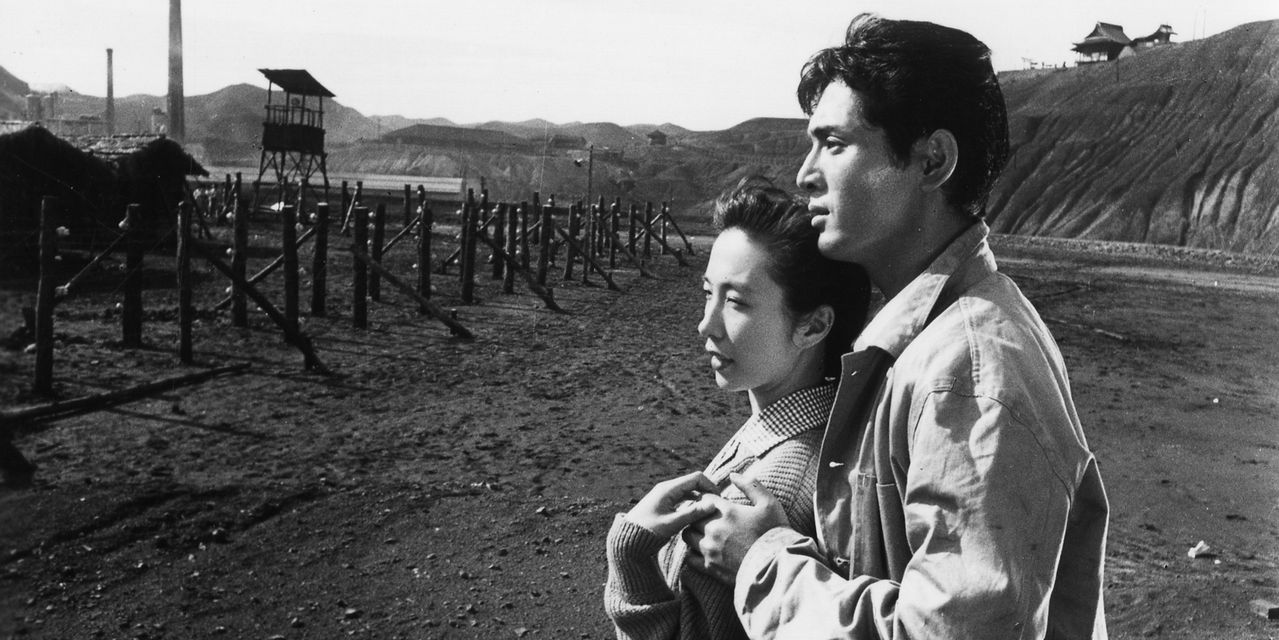
The Human Condition (1959-61)
Japanese soldier, prisoner, and pacifist Kaji seems to live multiple lives across the modern odyssey of The Human Condition trilogy, waging his soul as the last battleground of moral fortitude in the final years of World War II, and becoming the compelling centrepiece of Masaki Kobayashi’s devastating study on humanity’s most vital essence.
-
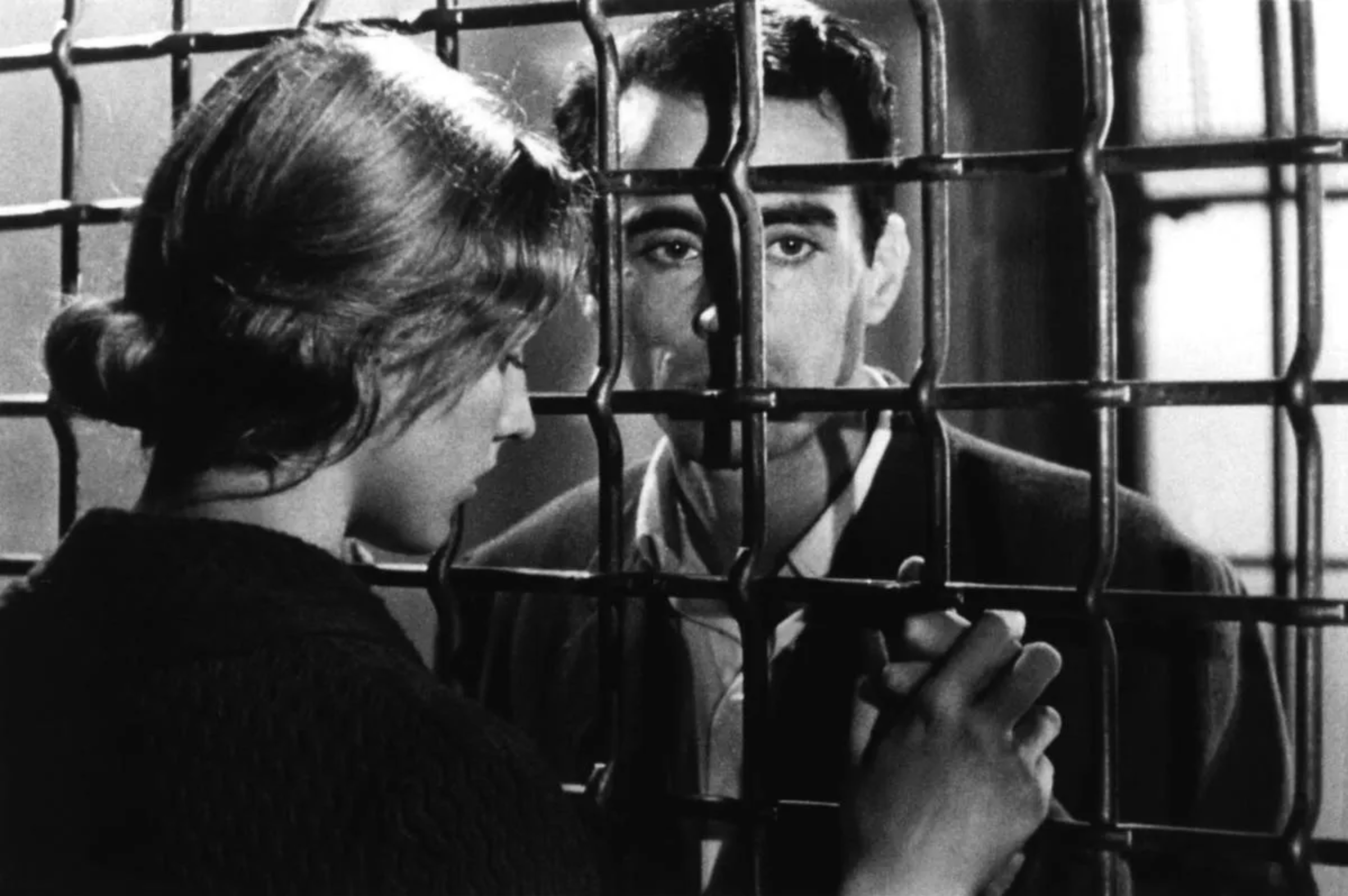
Pickpocket (1959)
The sensitivity that is absent on the faces of Robert Bresson’s actors can be found instead in the dextrous movements of their fingers, palms, and wrists in Pickpocket, drawing a transgressive eroticism from the penetration of personal spaces, and building out a subtle interrogation of one thief’s unlikely guilt.
-

Kaagaz Ke Phool (1959)
There is certainly something poignantly poetic in the way Guru Dutt’s premature passing mirrors the ending of his final film, tracing the tragic fall of a once-famous filmmaker, but Kaagaz Ke Phool also captures the essence of an artistic imagination profuse with creative joy, lyrically reminiscing the love which inspired him to craft some of…
-
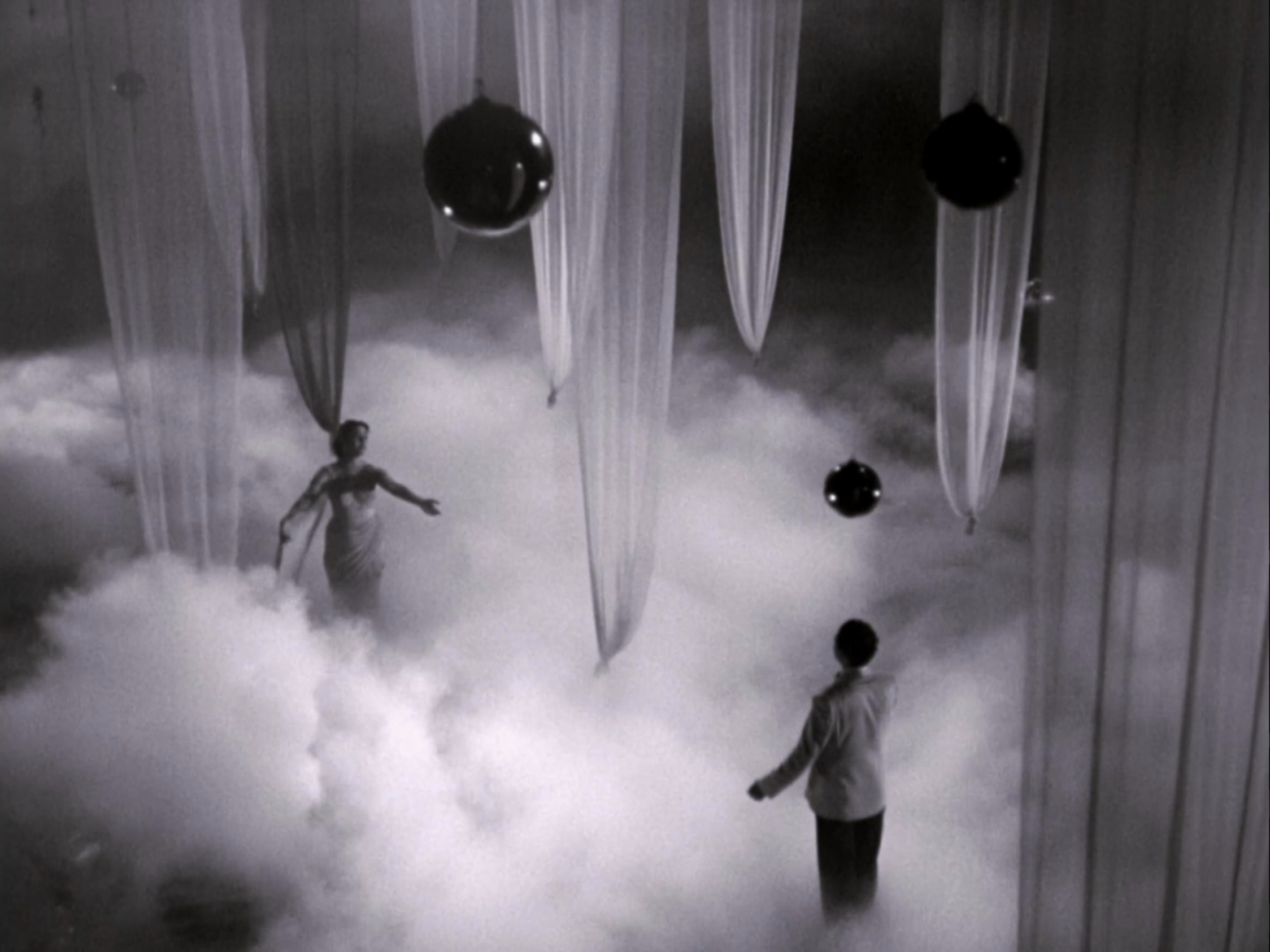
Pyaasa (1957)
Often cited as the peak of Bollywood’s Golden Age, Pyaasa flows with incredible joy, sensitive eloquence, and profound cynicism, adopting the passionate romanticism of the struggling Urdu poet at its centre with lyrical camerawork, and marking the musical epic as Guru Dutt’s crowning achievement.
-
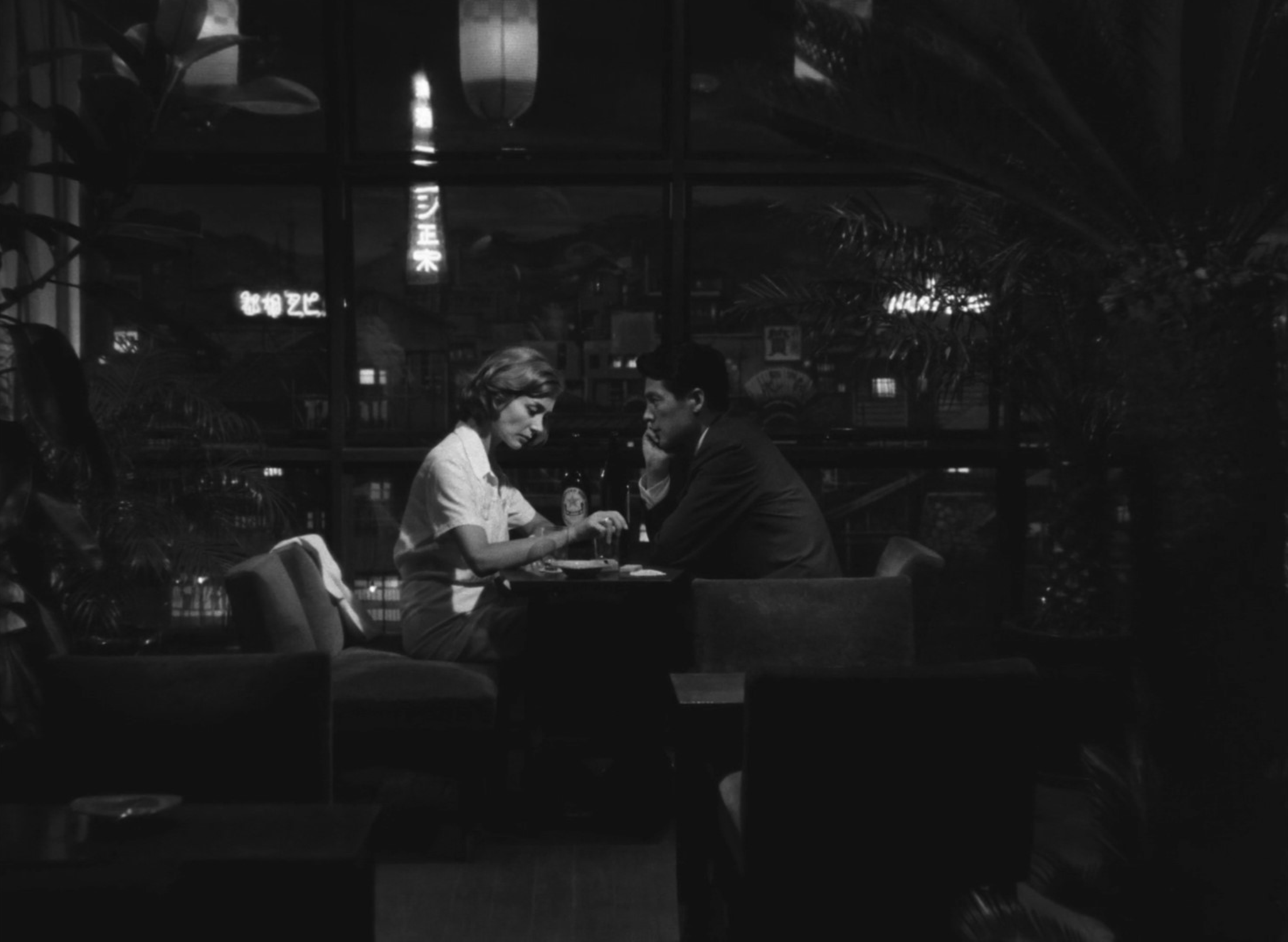
Hiroshima Mon Amour (1959)
Hiroshima Mon Amour is a film of intersections – past and present, France and Japan, man and woman, conflicting sides of a war – and through his elusive formal comparisons Alain Resnais draws a sharp divide down the middle of its central romance, ruminating over the subjective memories left behind in the wake of such…
-
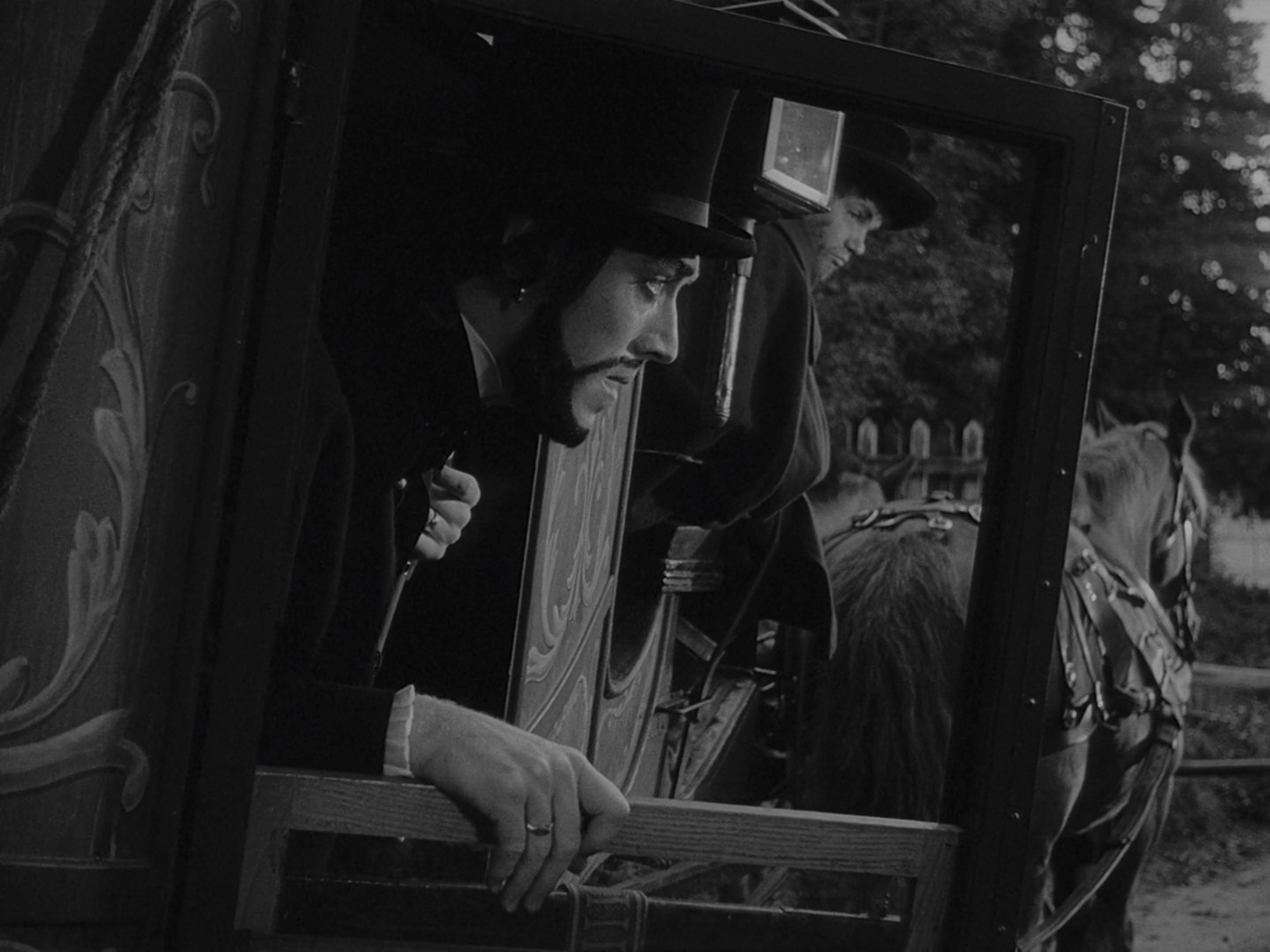
The Magician (1958)
Ingmar Bergman captures an offbeat blend of his severe dramas and graceful comedies in The Magician, turning a critical eye towards his own craft of underhanded artistic manipulations by centring a travelling troupe of con artists, and lightly exposing the fraud that unites them with their harshest critics.
-
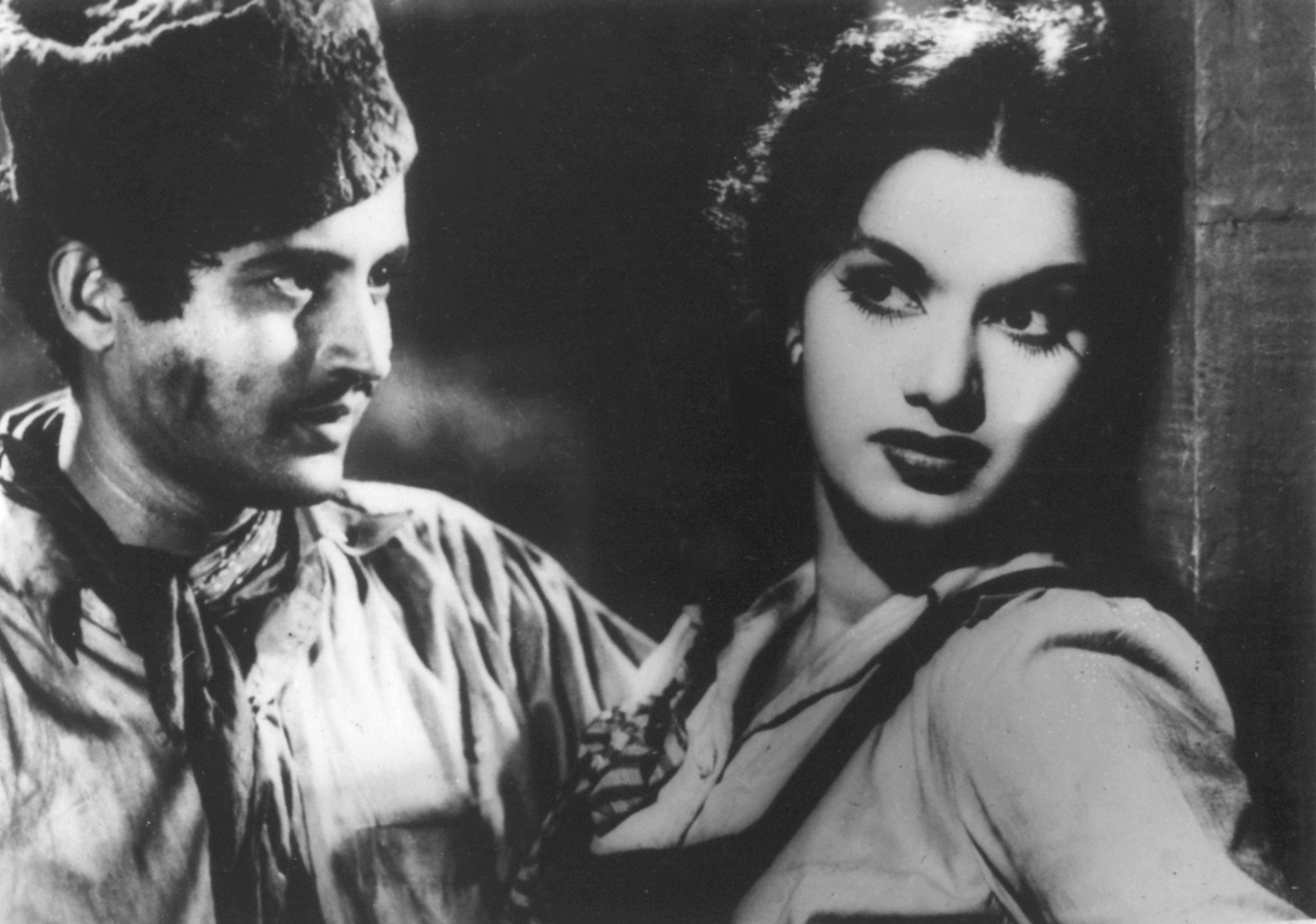
Aar Paar (1954)
Guru Dutt is incredibly resourceful in the glorious Bollywood spectacle of Aar Paar, spinning a simple love triangle off into a breezy comedy, a sumptuous melodrama, and a thrilling crime plot, and landing one high-spirited ex-convict in the middle of it all as the master of his choices.
-
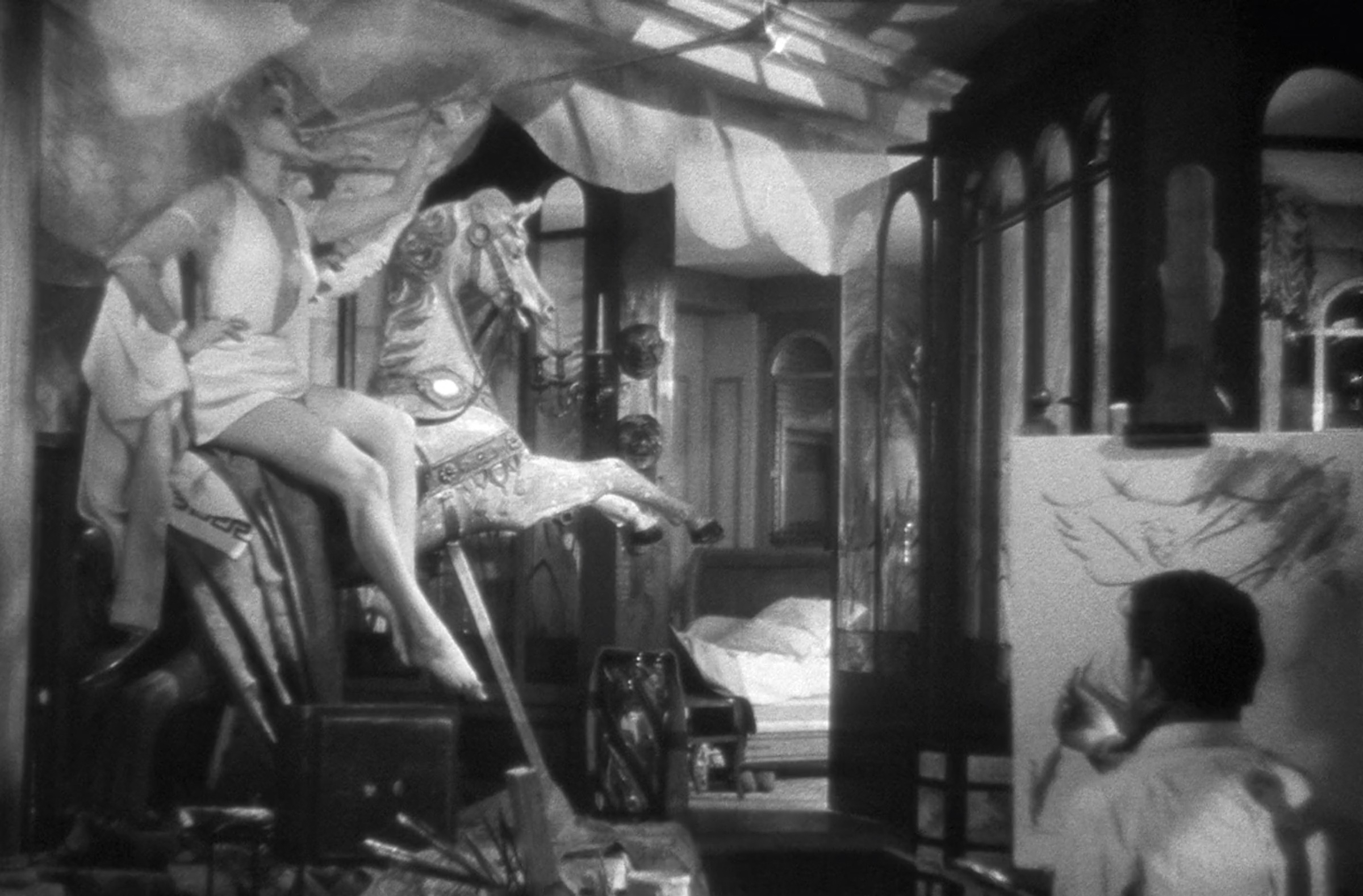
Le Plaisir (1952)
Armed with a camera that moves with all the elegance of a gentle breeze, and a sophisticated charm which lightly alternates between comedy and tragedy, Max Ophüls lays out parables of pleasure and happiness in Le Plaisir, poetically considering their shared harmonies and incongruencies.

